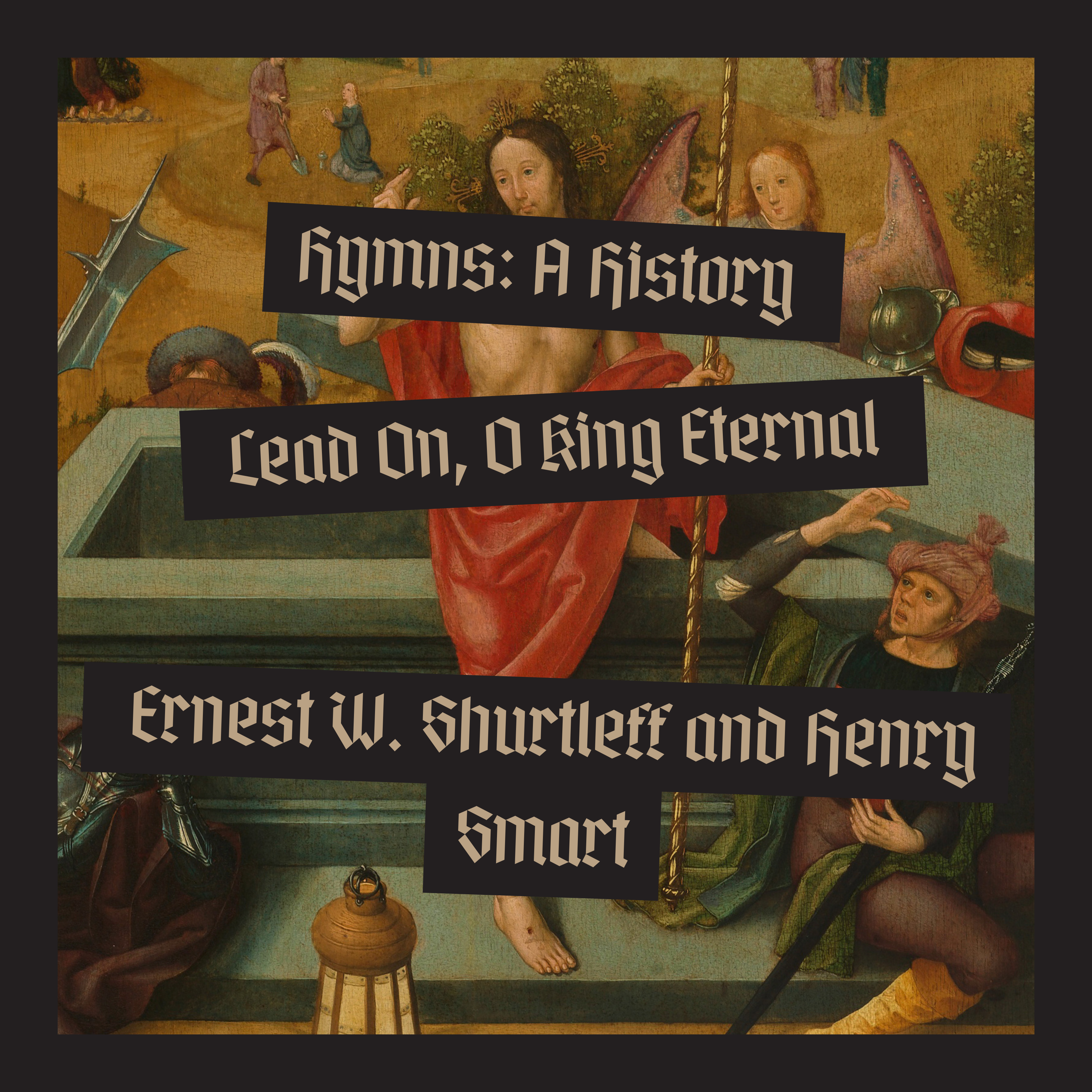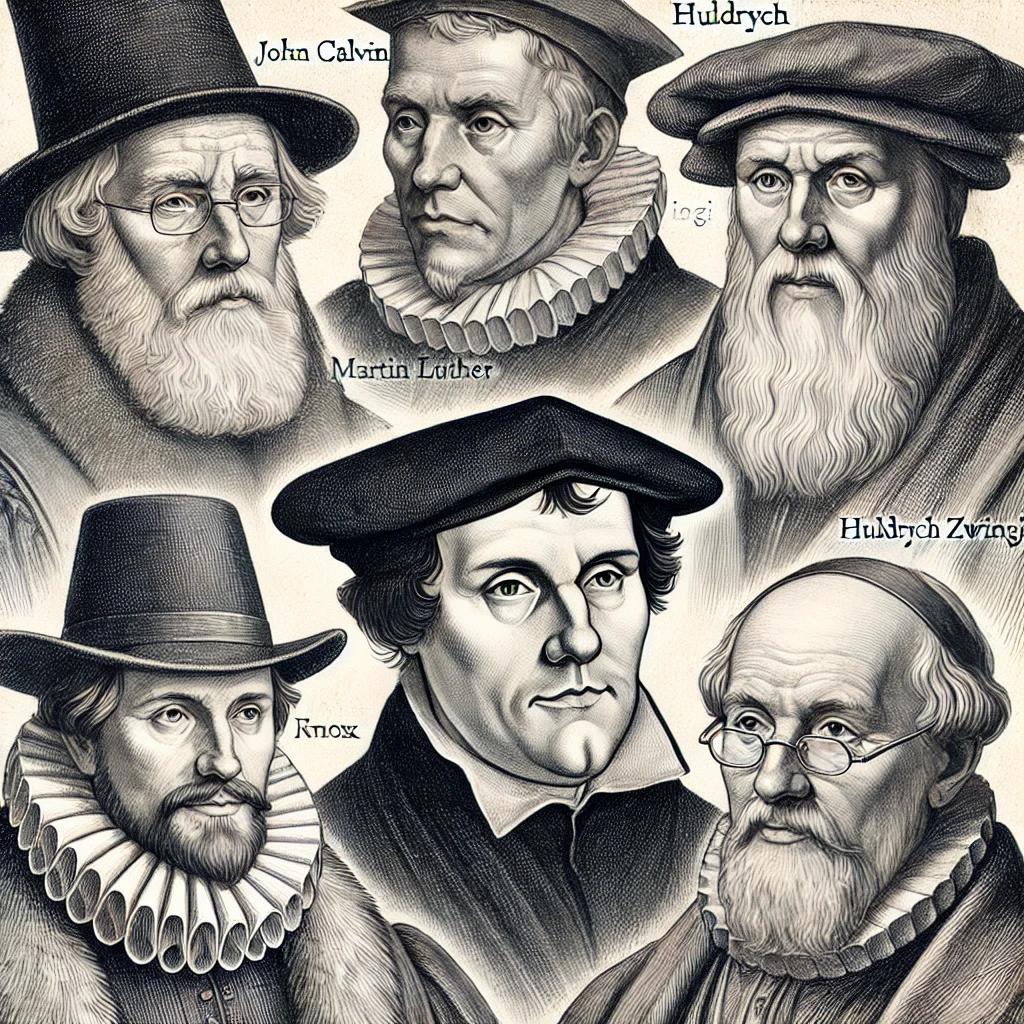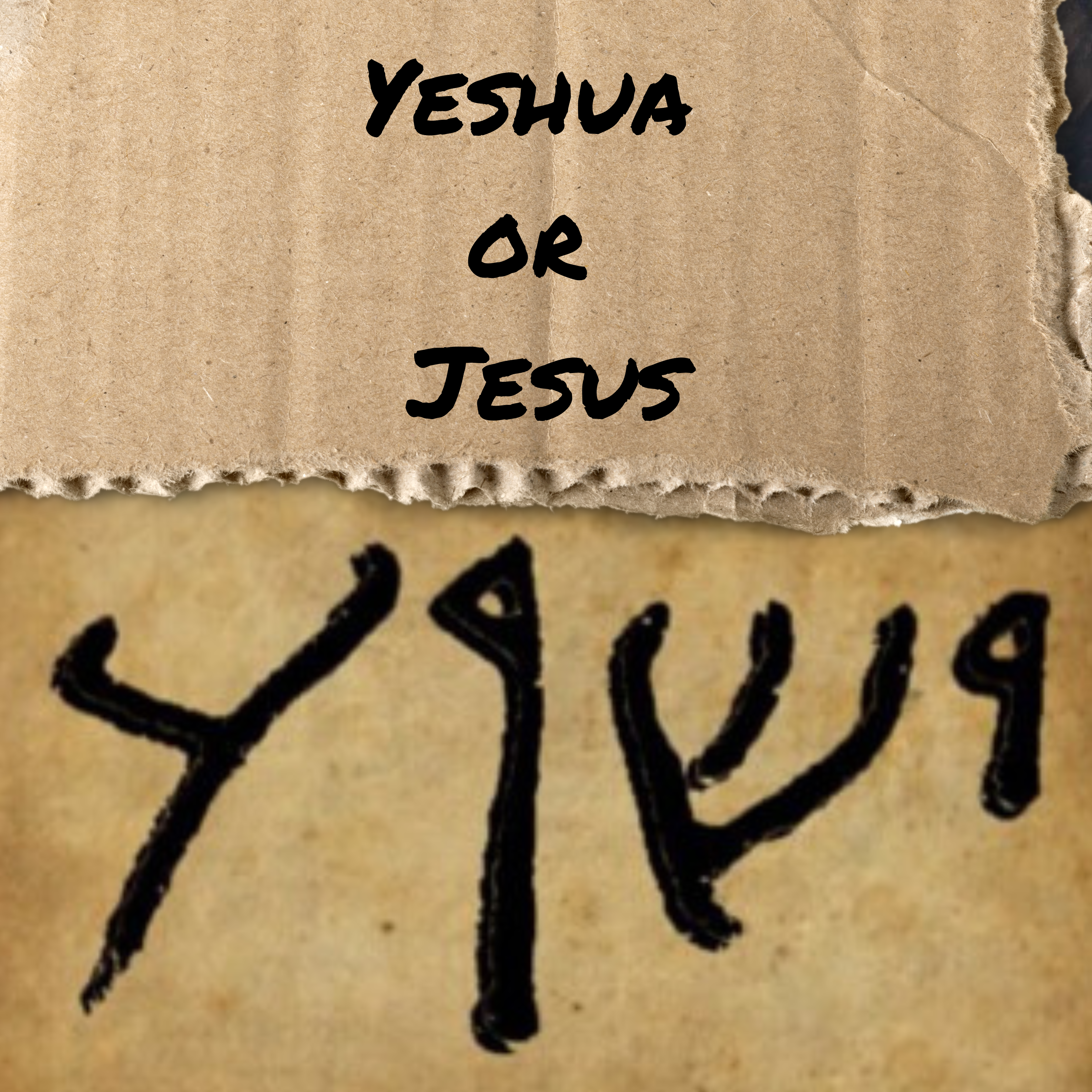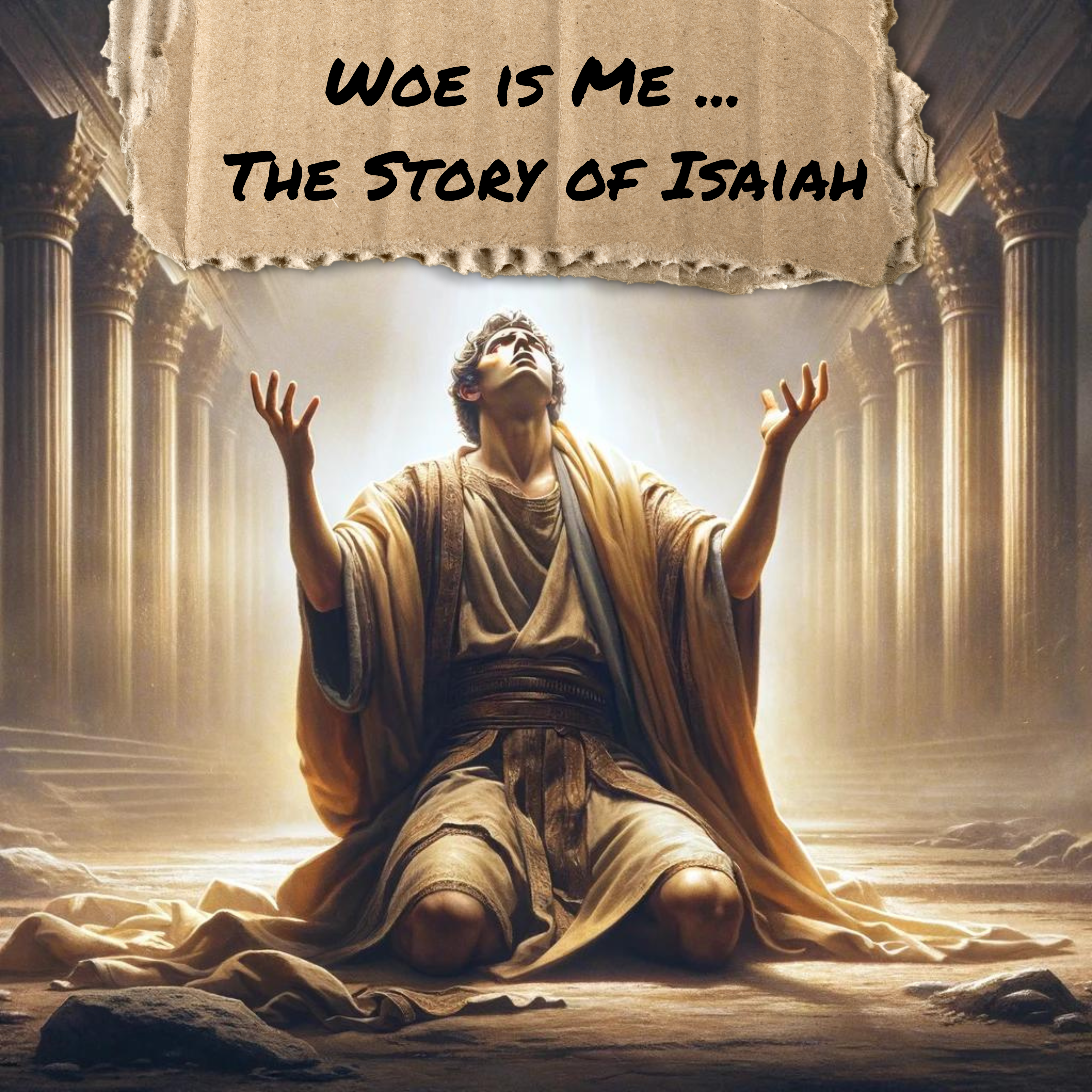
“Lead On, O King Eternal,” a hymn of profound historical and spiritual significance, was penned by Ernest W. Shurtleff in 1887. This hymn, now a staple in many Christian denominations, has a history that reflects not only the journey of its author but also the evolving context of its use in worship.
Origins in Graduation and Ministry
Ernest W. Shurtleff (1862-1917), a Congregational minister and gifted hymn writer, composed this hymn for his graduation ceremony from Andover Theological Seminary. Far from a militant battle cry, the hymn was originally intended as a motivational piece for Shurtleff and his fellow graduates as they embarked on their ministerial journeys. The lines “Lead on, O King eternal, the day of march has come; henceforth in fields of conquest thy tents shall be our home” were symbolic of their venture into pastoral ministry rather than any literal battlefield.
Theological and Literary Nuances
The hymn initially appears to align with the 19th-century trend of militant Christian hymns. However, a closer examination of Shurtleff’s lyrics reveals a deeper, more spiritually nuanced message. The “fields of conquest” are metaphorical, representing the various challenges and arenas of Christian service. The “battle song” is one of zeal and commitment to spiritual ideals, rather than physical warfare.
The second stanza, “Till sin’s fierce war shall cease, and holiness shall whisper the sweet amen of peace,” shifts the focus from physical battle to a spiritual one, where love and mercy are the tools against sin and injustice. This transition from martial to peaceful imagery is a powerful rhetorical device, shaping the hymn’s message around spiritual struggle and victory through Christ-like compassion.
Shurtleff’s Life and Writings
Ernest Shurtleff’s life was marked by dedication to religious service and literary output. A native of Boston, he was known for his organ playing at Andover and later served congregations across the United States and in Germany. His works, including several collections of poetry, reflect a deep spiritual and artistic sensibility.
Hymn’s Evolution and Musical Setting
Originally featured in Andover Theological Seminary’s graduation program, “Lead On, O King Eternal” gained wider recognition after its inclusion in “Hymns of Faith” in 1890. The hymn’s pairing with the tune LANCASHIRE, composed by Henry Smart, solidified its status in hymnody. This musical arrangement became a favorite in Methodist circles, particularly in the United States, enhancing the hymn’s popularity.
Legacy and Modern Interpretations
The hymn’s journey through various publications under the editorship of hymnologists like Louis F. Benson reflects its growing influence in early 20th-century America. However, the hymn’s militaristic and monarchial language has been subject to reinterpretation in more contemporary settings, reflecting changing theological and cultural sensibilities.
The tombstone inscription of Ernest Shurtleff in Cambridge, Massachusetts, bearing the phrase “The path of the just is as the shining light,” resonates with the themes of guidance and divine leadership found in his hymn. It serves as a fitting tribute to the author whose work continues to inspire and guide worshippers in their spiritual journey.
Conclusion
“Lead On, O King Eternal” transcends its origins as a graduation hymn to become a timeless piece of Christian hymnody. Its historical journey from a seminary’s halls to churches worldwide is a testament to its enduring appeal and the depth of its spiritual message. Ernest W. Shurtleff’s creation continues to lead worshippers in a march, not of physical conquest, but of spiritual progression and service under the eternal leadership of Christ.






